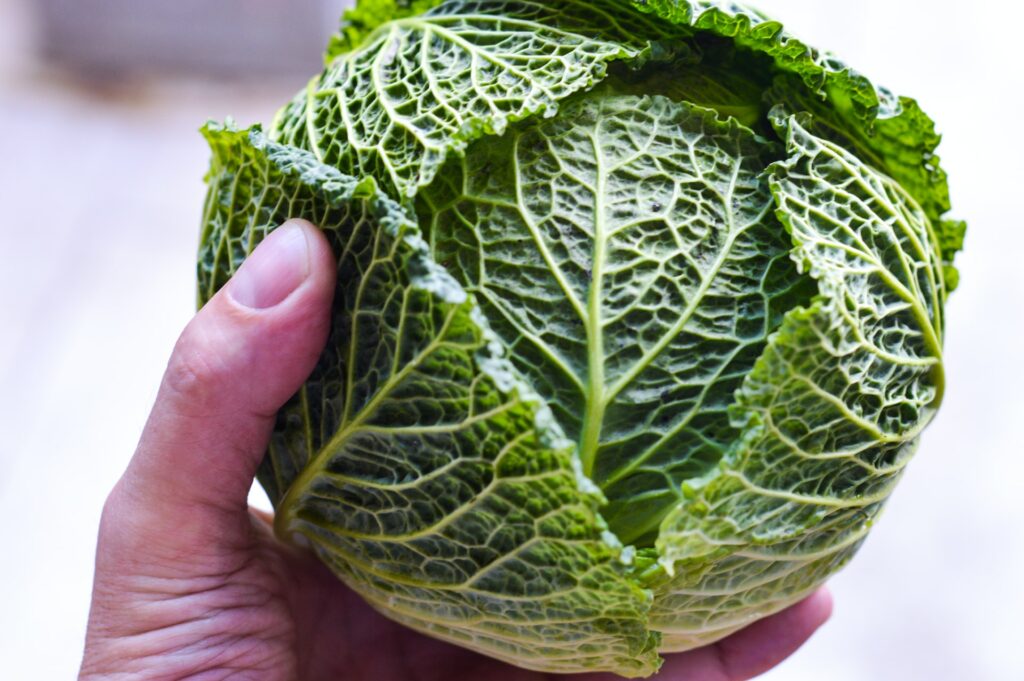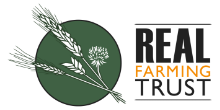
The ‘keystone gene’ concept
By Colin Tudge
As the gene editing Bill gets its second reading in parliament, Colin Tudge reflects on new research showing that nature is not as controllable as some would like
It all looks very logical, and is. Even a single gene in a plant or animal can increase its resistance to disease, and since disease is by definition a bad thing why not add “resistance genes” to crops that are susceptible (and theoretically to livestock too, but let’s start with plants)? This can be done, and has been, by crossing vulnerable crops with resistant relatives – sometimes with wild relatives; but then the putative “resistance” gene comes as a package with all kinds of others that are not at all helpful, and then have to be bred out. It all takes ages.
It can be done too by introducing whole chromosomes – the same technologies that were used to create the semi-dwarf wheat varieties of the Green Revolution of the 1960s. But this works only with certain plants (bread wheat, with three whole sets chromosomes to play with, is particularly obliging); and this approach too is long-winded.
Enter then, genetic engineering – transferring single genes from one organism to another – theoretically from any organism into any other. Suddenly it seems possible to create whole new organisms to do whatever is required, however exotic. The successes already have been spectacular – though mainly in the microbial world: notably, for tailoring bacteria and fungi to produce novel and more specific antibiotics. But genes introduced from alien organisms may also raise a whole raft of complications and in truth, after 40 years’ endeavour, genetic engineering has not produced one single new agricultural crop that is of unequivocal benefit to farmers at large or to the human race – although some engineered crops have made some people very rich, and in the present world that is impetus enough.
Gene editing
But now, on a white charger, with trumpets a-blaring, comes gene editing. Individual, carefully identified genes can be changed (“edited”) in situ into forms that will increase pest resistance or encourage growth or produce bigger and more nourishing seeds or do whatever is required! No foreign insertions are necessary. The plant’s own genome is tweaked minutely and precisely, as if correcting a typo in a text. The technology that allows this is generically known as CRISPR and is based on molecules that occur naturally in cells and act as what are colloquially known as “gene scissors”. The literature is now huge and so are the research efforts and the financial rewards.
Brilliant – but not what’s needed
Gene editing looks brilliant – and intellectually it is: amazing; wondrous. Britain is very good indeed at this sort of thing despite the stinginess of present and recent governments, who are only too happy to leave agricultural research to private individuals and NGOs and of course to corporates. So on 15 June the Second Reading takes place in the Commons of the Genetic Technology (Precision Breeding) Bill, introduced to parliament on May 25, to liberate the new technology and to enable researchers “to more quickly develop plants that are resistant to disease, pests and the effects of climate change”.
Says Defra: “With 20-40 percent of global crops being lost to pesticides and disease every year, these changes represent a significant step towards securing our food supply for decades to come”.
Says Defra’s Chief Scientific Adviser, biochemist Prof Gideon Henderson: “Substantial environmental, health and food security benefits can come from use of genetic technologies to precisely mimic breeding and improve our crops … and these reforms will enable their scientists to use their expertise to make farming more resilient and our food healthier and more sustainable”.
Says Environment Secretary George Eustice: “Outside the EU we are free to follow the science … The UK has some incredible academic centres of excellence and they are poised to lead the way”. And thank goodness we have shaken off those pesky Europeans and are free to go our own way!
Logic vs reality
Indeed it is all very logical. But – and this ought to have been the main lesson of the past 70-odd years; ever since DDT blew up in our faces and the side-effects of the Green Revolution have become apparent and so on and so on – logic is not all that matters. Reality is what matters; and reality surpasses logic.
As with the Green Revolution, gene editing raises all kinds of problems – economic, political, social – and also, crucially, ecological. Whatever happens on one farm is likely to affect other farms as well. Agriculture as a whole interacts with the outside world. And new research by Matthew Barbour and his colleagues at the University of Zurich, reported in Science (376(6588):70–73) now shows that altering a single gene in a single test organism (the thale cress, Arabidopsis thaliana) profoundly affects the fate of the whole plant population, and has very significant knock-on effects on the whole ecosystem of which it is a part.
The ‘keystone gene’ concept
Barbour and his colleagues looked at the gene that provides the code for a group of molecules known as the glucosinolates. Glucosinolates are derived from glucose and an amino acid and are produced as “secondary metabolites” by members of the Brassicaceae, the family formerly known as the Cruciferae. They contain both nitrogen and sulphur and provide the pungency of cabbages, kale, radishes, horseradish and white mustard, and of wild crucifers including garlic mustard and Arabidopsis. For their main biological function is not to tickle the human palate but to ward off pests.

The glucosinolate gene comes in various forms (alleles) which prompt the plant to produce different glucosinolate molecules in different amounts, which evidently have different effects on the various would-be pests. In wild populations of Arabidopsis, and presumably in other crucifers, the gene is polymorphic: several different alleles occur in any one population and so offer a broad range of defence.
But Barbour and his colleagues bred different populations of Arabidopsis that each contained only one variant of the glucosinolate gene. As a result, different strains of the Arabidopsis grew at different rates and they had very different effects on their insect pests. Thus a wild population of Arabidopsis, with a mixture of different alleles of the glucosinolate gene, will harbour several or many different insects which together form a more or less stable ecosystem. But in some experimental populations that contained only one allelic variant the balance between the competing species was upset, so that in some cases entire insect species became extinct (at least within the confines of the experiment).
This may not sound much, but the implications are profound. Indeed they open a whole new chapter of ecology. Thus in the late 1960s the American zoologist Robert Paine introduced the idea of the “keystone species”: particular species that in effect set the tone of the entire ecosystem of which they are a part. Thus the presence or absence of wolves in Yellowstone regulates the populations of deer and largely determines what they feed on and where, and this in turn has endless knock-on effects. In particular, when wolves are about, deer avoid browsing the river banks, where they are easy targets; and this in turn protects the riverside vegetation and so the banks remain intact and the rivers run clear.
Barbour and his colleagues’ new work adds a further layer of subtlety – the concept of the ‘keystone gene’. That is, a change in just one gene in one plant species can alter the entire ecosystem of which the plant is a part. Gene editing is indeed very precise, which seems to be just what’s needed; change what’s necessary and leave the rest intact. But now it seems that just one tweak in one gene can change a whole ecosystem in ways that are innately unpredictable.
What do we really know?
Every now and again some bold biologist or physicist will declare that we now have perfect understanding and know exactly what we are doing and can proceed accordingly. Governments and corporates love to hear this sort of thing: the former forever in search of magic bullets that solve all our problems, for which they can claim credit (shades of the Covid vaccine); the latter forever in search of the next big bucks. The scientists who make bold promises will always be better rewarded than the ones who urge caution.
No doubt on 15 June the Second Reading of the Precision Breeding Bill will sail through on its way to Royal Assent when we can all give thanks that yet another step has been taken to solve the world’s food problems. But the real problems of the world are political and economic, moral and metaphysical. They will not be solved with techno-tweaks.
Science really is wonderful. We need more of it rather than less – of the right kind. But nature will always be several steps ahead of us. Scientists of a certain kind and politicians love the word “precision” but nature cannot be understood exhaustively or precisely controlled. In reality, in the end, we know not what we do. A little humility would not go amiss. Without it we have hubris which, as the old Greeks pointed out, is the greatest folly of all.
Colin Tudge’s latest book, The Great Re-Think, is available to order now.
Photos
Top: ANIRUDH on Unsplash
Article body: Henry Perks on Unsplash
